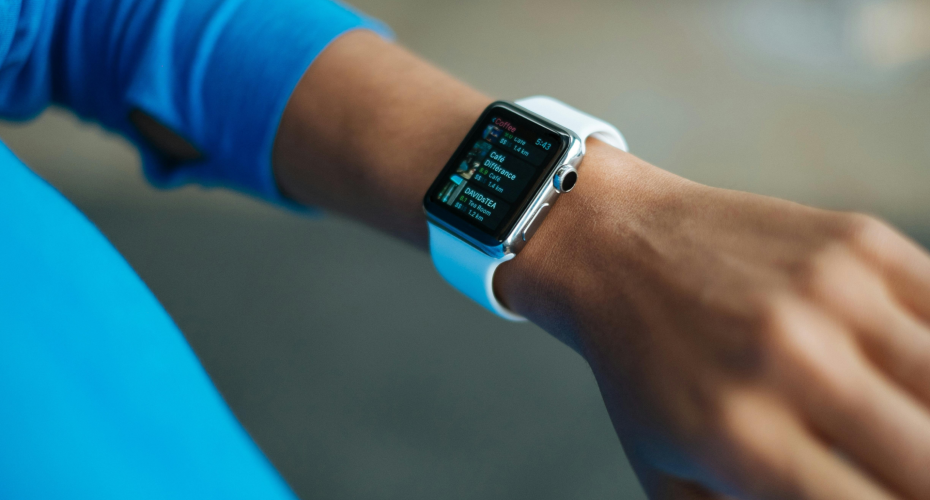Smartwatches may help control diabetes through exercise

Wearable mobile health technology could help people with Type 2 Diabetes (T2D) to stick to exercise regimes that help them to keep the condition under control, a new study reveals.
Researchers studied the behaviour of recently-diagnosed T2D patients in Canada and the UK as they followed a home-based physical activity programme, MOTIVATE-T2D – some of whom wore a smartwatch paired with a health app on their smartphone.
They discovered that MOTIVATE-T2D participants were more likely to start and maintain purposeful exercise if they had the support of wearable technology. The study successfully recruited 125 participants with an 82 percent retention rate after 12 months.
Publishing their findings in BMJ Open, an international group of researchers, involving the University of Exeter, reveal a range of potential clinical benefits among participants including improvements in blood sugar levels and systolic blood pressure.
Exercise physiologist at the University of Birmingham and Co-author, Dr Katie Hesketh said: “Our findings support the feasibility of the MOTIVATE-T2D intervention – paving the way for a full-scale randomised controlled trial to further investigate its clinical and cost-effectiveness. We found that using biometrics from wearable technologies offered great promise for encouraging people with newly diagnosed T2D to maintain a home-delivered, personalised exercise programme with all the associated health benefits.”
Associate Professor of Diabetes at the University of Exeter, Dr Rob Andrews, said: “Regular physical activity is essential for managing Type 2 diabetes, improving blood glucose control, supporting weight management, enhancing mental well-being, and reducing the risk of diabetes-related complications. However, only one-third of individuals with Type 2 diabetes engage in sufficient exercise to achieve these benefits. For the first time, our research provides compelling evidence that wearable technology offers a practical and effective solution to increase physical activity levels, potentially transforming health outcomes for people with Type 2 diabetes.”
Researchers found that, as well as the encouraging data for blood sugar and systolic blood pressure, the programme could help to lower cholesterol and improve quality of life.
The programme saw participants gradually increasing purposeful exercise of moderate-to-vigorous intensity – aiming for a target of 150 minutes per week by the end of 6 months and supported by an exercise specialist-led behavioural counselling service delivered virtually.
MOTIVATE-T2D used biofeedback and data sharing to support the development of personalised physical activity programmes. Wearable technologies included a smartwatch, featuring a 3D accelerometer and optical heart rate monitor, synced with an online coaching platform for the exercise specialist and web/smartphone app for participants.
Dr Hesketh said: “The programme offered a variety of workouts, including cardio and strength training, that could be done without the need for a gym. Its goal is to make exercise a sustainable part of daily life for people with Type 2 Diabetes, ultimately improving their physical and mental health.”
The paper is titled ‘Mobile Health Biometrics to Enhance Exercise and Physical Activity Adherence in Type 2 Diabetes (MOTIVATE-T2D): a decentralised feasibility randomised controlled trial delivered across the UK and Canada‘ and is published in BMJ Open



